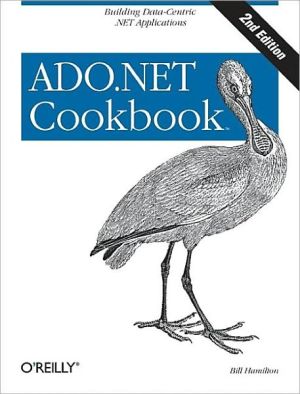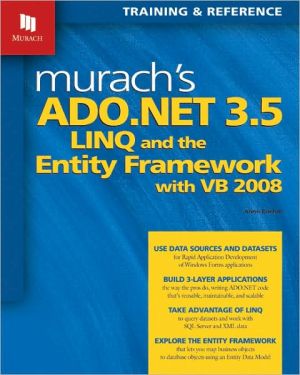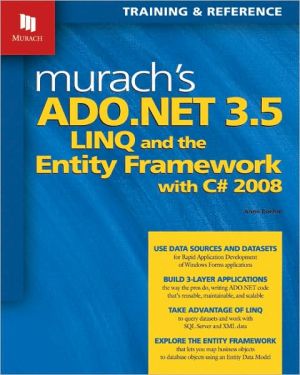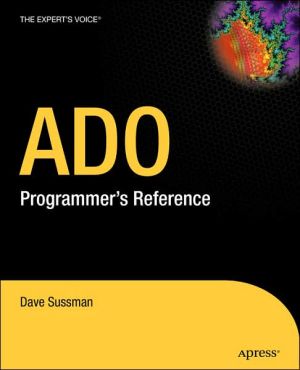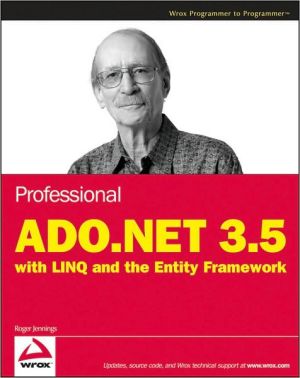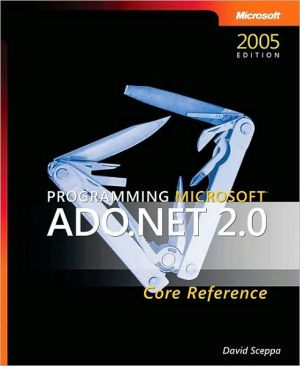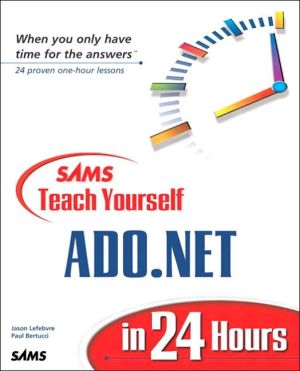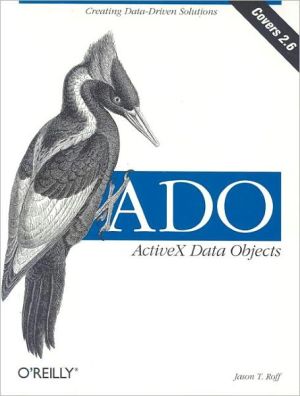Information Modeling
Many of today's business information systems are notoriously ineffective - due in large part to too many unscientific, haphazard approaches to their development. This book introduces the scientific thought essential to understanding a business and to creating a successful business information system for a particular business. It shows how to make system analysis as disciplined an activity as programming, and how the formal specification of behavior at the right level of abstraction is the...
Search in google:
Many of today's business information systems are notoriously ineffective — due in large part to too many unscientific, haphazard approaches to their development. This book introduces the scientific thought essential to understanding a business and to creating a successful business information system for a particular business. It shows how to make system analysis as disciplined an activity as programming, and how the formal specification of behavior at the right level of abstraction is the desired approach to system analysis. KEY TOPICS: Shows how the system analyst may use the same concepts of “good thinking” as the programmer — abstraction, precise understanding of behavior, and reuse — to end up with a specification that is understandable and formal.For systems analysts, requirements engineers, data modellers, business planners, etc. responsible for understanding and developing requirements for information systems and applications; and for designers, programmers , testers, documentors involved in the information system development process.
PrefaceIntroductionCh. 1Specifications11.1Software Engineering31.2Analysis and Programming81.3Information Modeling11Ch. 2The Concepts152.1Making Analysis Disciplined152.2Understanding182.3Understanding in Information Modeling: Concepts and Contracts282.4An Example of Information Modeling332.5A More Technical Discussion392.6What Happened to ER Modeling?47Ch. 3Contracts533.1Who Defines a Contract?553.2Contracts in Information Management563.3Formalism in Contract Specifications633.4Some Guidelines for Contract Specification663.5Separation of Concerns74Ch. 4Associations754.1Basics754.2Objects (Entities) and Their Properties774.3Association804.4Mandatory/Optional Participation; Cardinalities904.5Beyond Elementary Associations994.6Usage of the Library: Application-specific Assertions99Ch. 5The Library1015.1Elementary Associations1035.2Domains1225.3Beyond Elementary Associations125Ch. 6Guidelines1376.1An Example1386.2Walkthroughs: The Essential Environment for Modeling1566.3Exploring the Generic Library1596.4Extending the Generic Library1616.5Beyond Elementary Associations: Combining Molecules1636.6Patterns of Reasoning1666.7What about Existing Models?1796.8Tools of the Trade181Ch. 7Standards1837.1The Object Data Management Reference Model - A Short Overview1877.2Behavior Specification1887.3Formalization of Semantics1907.4Object Models: Message-Oriented and Generalized1917.5Harmonization of Standardization Activities193Appendix A. A More Formal Specification199Appendix B. Refinement209Appendix C. The Enterprise-Wide Information Model213Appendix D. Contracts for CRUD Operations227References253Index261

